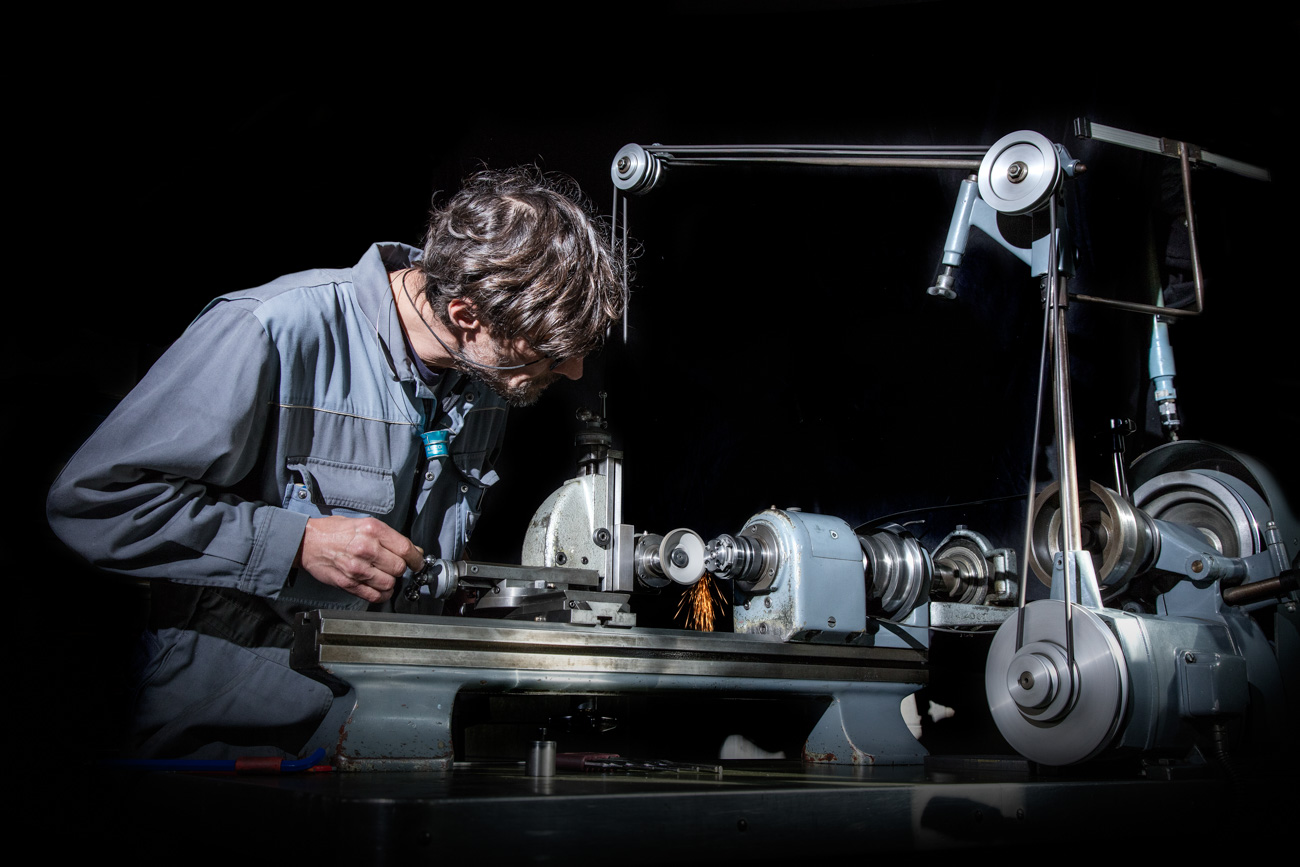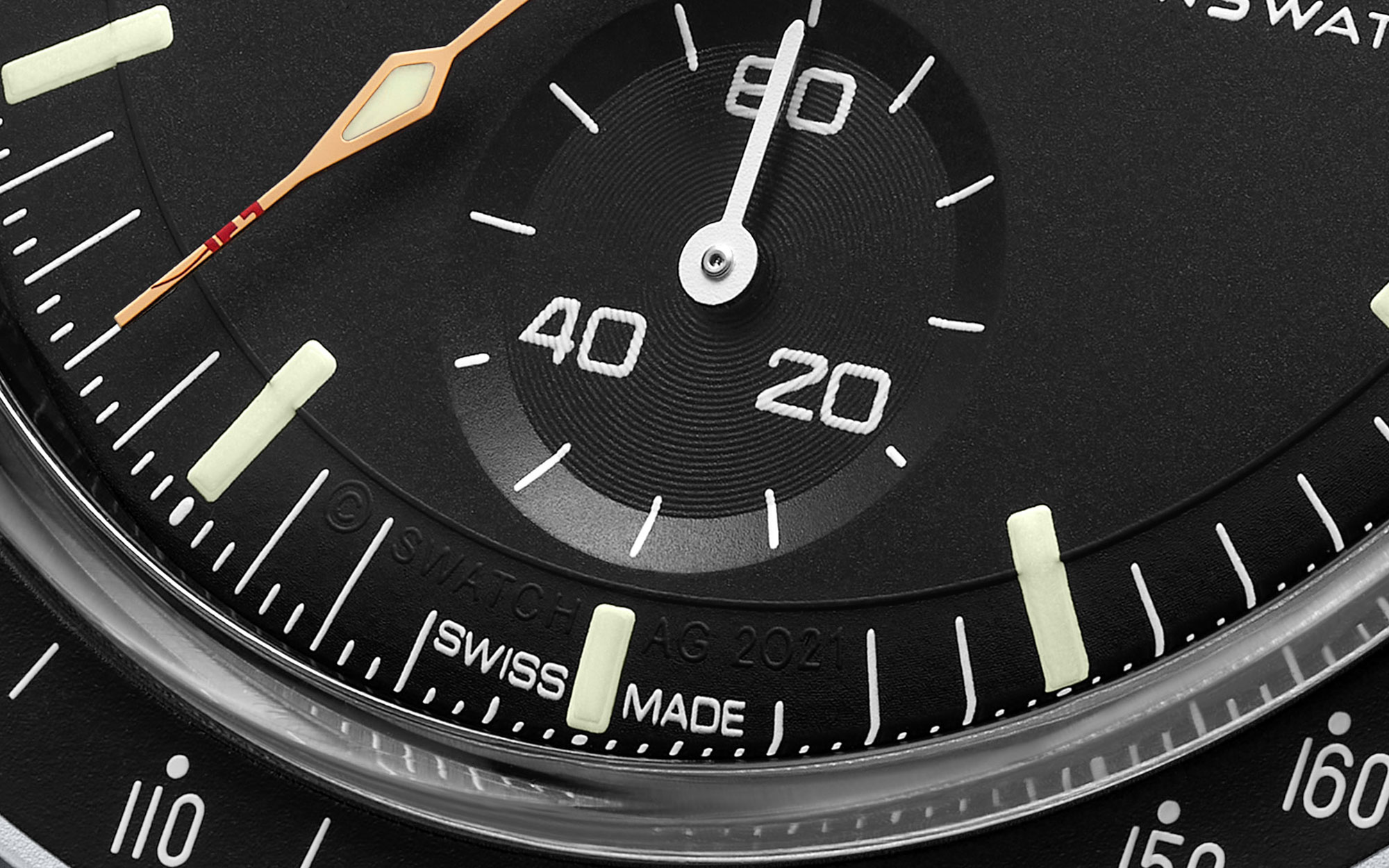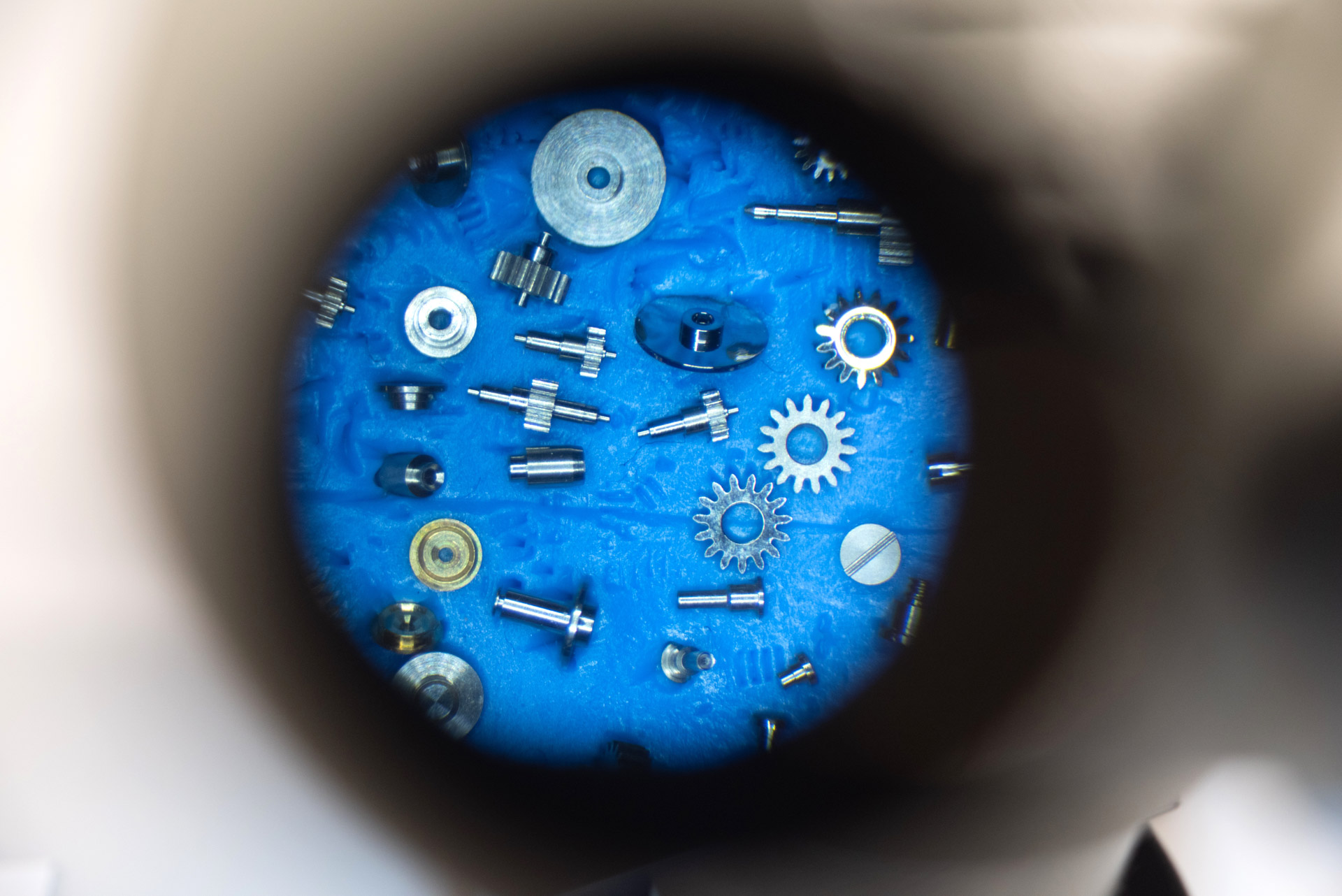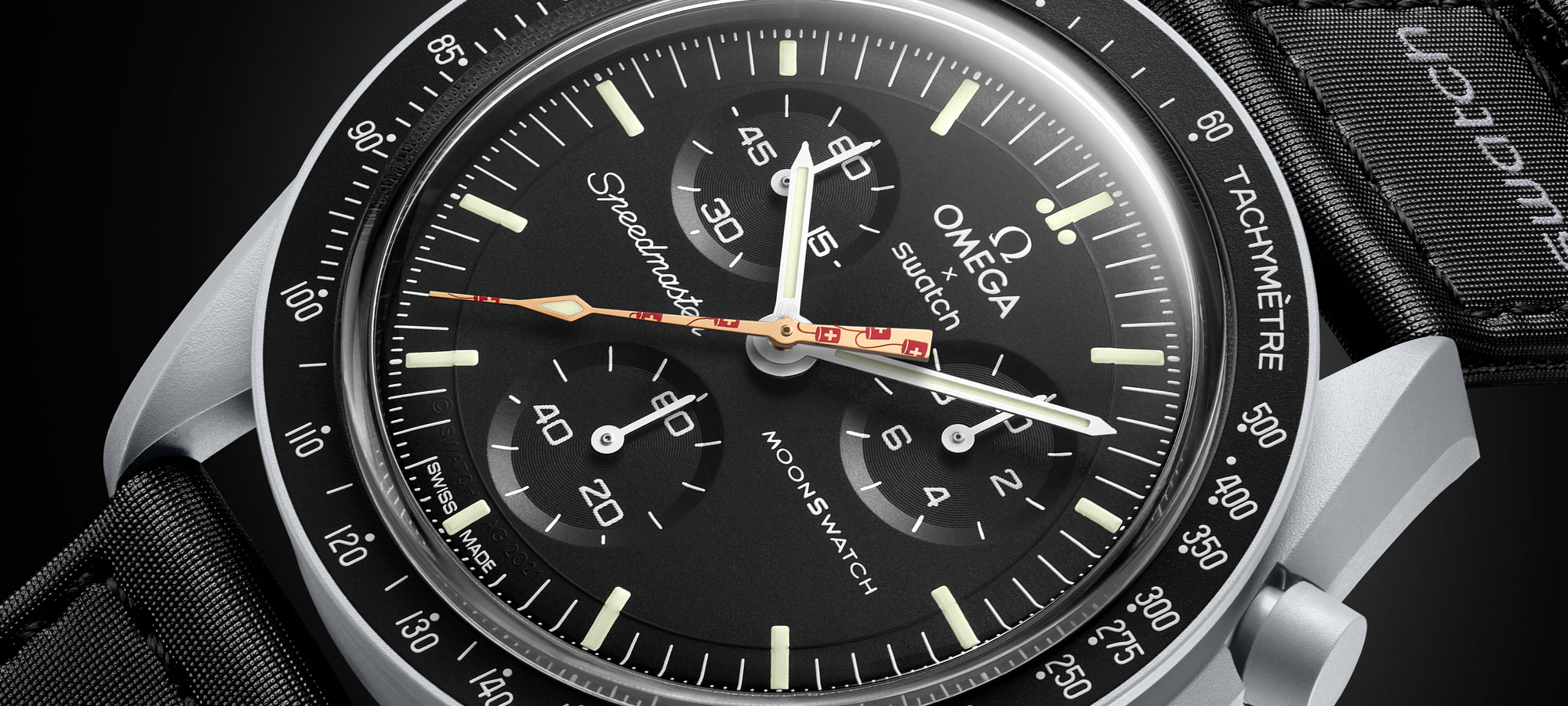An open secret or a ticking time bomb: You can freely call the Swiss watch industry moving so much of its production outside of Switzerland either of those things today. While it is a thing that has been going on for years and decades, it nevertheless is one of those potential scandals that the country’s famous secrecy has thus far successfully managed to keep at bay. A mainplate design licensed from the Japanese by the Swiss will be considered a fairy tale in comparison — and the vicious overreaction it actually was — when this one gets out! And so, before the watches that powered this bomb ran out of time, I found myself thinking of our beloved industry and how it could gently steer away from the mistakes that it has made in recent and not-so-recent years.
I am not sure if you have seen them, but some of the latest fakes, as well as the more legally sound homages, have improved shockingly in terms of their fit and finish if not actual movement performance and reliability. This in no small part is because major Swiss watch brands and conglomerates are rumored to have delegated much of their habillage (watch-speak for components dressing the movement, including the case and dial, even) production to non-Swiss, dare we say, non-European suppliers.

As it happens in tech, automotive, and fashion, the same goes for watches: It is in for so long that brands can keep their OEMs (original equipment manufacturers, i.e. the specialized companies that actually make the parts and stamp the brand’s names on the cases, bracelets, clasps, and dials) from safeguarding the exclusive nature of the know-how they use to produce whichever component for [brand_X] before using the same machines and the same labor and the same know-how to produce more or less identical components for [brand_Y]. Oh, and we haven’t even mentioned that many European and non-European suppliers have developed their own in-house brands, adding their own branding to the products they create using the know-how they had previously reserved for specific clients.
Since all involved parties — the brands, and their suppliers — tend to be very happy with the margins realized this way, and because the damage to their image could be devastating, everyone has managed to keep their mouths and supply-chain books shut, making it very difficult for enthusiasts and media to soundly and legally say that a lot of “Swiss Made” watches actually come equipped with a foreign dial, crystal, case, and bracelet. It happens that virtually everything customers touch and see is made outside of Switzerland, often in Asia.

“But this being Switzerland, surely, there is overreaching and overzealous legislation to control every last breath of this issue, right?” — I can hear some of you say who have at least some experience with the way this country traditionally likes to operate. Well, as it often happens, one gets the impression that a nation’s important industry has quite some leverage on legislation, and so attaining a “Swiss Made” label for a watch with an overwhelming use of foreign-sourced major components really isn’t that difficult. If you want to read the TL;DR, find it here, and if you want to really dig in, then here is the complete ordinance on Swiss Made watches — which actually is not that hard to read and understand.
In essence, for a watch to be legally labeled “Swiss Made” (or any of its variations, such as “Swiss quality,” “Switzerland”, etc.) it must have had its technical development carried out in Switzerland, have a Swiss movement and have that cased up in Switzerland, have its final inspection carried out by the manufacturer in the country, and have at least 60% of its manufacturing costs incurred in Switzerland. 60 percent sounds like rather a lot at first, doesn’t it?
It certainly does, but once you factor in how much more expensive virtually any truly Swiss-made component is compared to those sourced from countries, let alone continents, it is easy to see how balancing an expense report with a few Swiss components is not that difficult. I have told this story before, but I’ll tell it again: At the Hong Kong Watch & Clock Fair, I met with the technical director of a medium-large Hong Kong-based conglomerate that has several of its own brands, as well as its own manufacturing background. At one point, I was looking at two virtually identical skeletonized watches, one with an MSRP of around $190, and another about twice that. Same case, same dial, same strap, same hands, and apparently identical movement, too.

The difference? The more expensive one said “Swiss Made” on its dial. How? Well, the balance wheel and one or two related components were modified in the Chinese-made movement with Swiss parts in Switzerland, and because the discrepancies in costs are so vast between the two origins, the more expensive watch could attain the Swiss Made label without any legal issues, despite, in this instance, having a Chinese-made case, dial, hands, strap, buckle, packaging, with much of the movement also coming from outside of Switzerland. And this was when the “more stringent” 60% requirements had already been in place.
This is to say that the price point at which the Swiss Made label is attainable is extremely low, which, in turn, means that watches from mid-tier and entry-luxury brands priced between $1,000 to $5,000 (and sometimes past that) have it easy when it comes to adding a foreign-made dial, case, bracelet, or all three, to their watches.

Sadly, if you own a watch at this price point, there is a very high chance that you are reading the “Swiss Made” text from a foreign-made dial and admiring a foreign-made case while your wrist is wrapped by a foreign-made bracelet. This leads us to the premise of this Grinding Gears column: Just as watch buyers of the new millennium have educated themselves on how to seek value in what is a more complicated and crowded watch market than ever, it could be just a matter of time before clocks on this bomb ran down and the “oops, we all sold you a foreign-made case for $4,500” issue blew up in the industry’s face.
Many of us have seen how challenging and time-consuming it can be for a Swiss watch brand to wipe off the stains from a (relatively speaking) less malicious error with regard to the origins of some of the components it used, and I dare not hypothesize what such an “open secret” becoming a known fact could mean to the image of the greater industry. Who knows, maybe the world will just move on. Luxury shoppers weren’t exactly deterred from shelling out hundreds and thousands for shoes that say “Made in France” while they were largely made in Romania. Just like that, the wheels of the luxury watch industry might as well continue turning if and when the veil of the nation’s trademark secrecy is lifted and the origins of parts used in rather expensive “Swiss Made” watches become a provable and quantifiable fact. On a personal note, I hate to see “Swiss Made” on foreign-made parts — and seeing “Made in Germany” on a Swiss-made dial bugs me all the same.
I wonder: Are you happy with what passes today as Swiss Made? Do you care about where individual parts were made, or you are a satisfied customer as long as the quality and prices are good? Let us know in the comments below. For more on this topic, read “Ariel’s Thoughts: Is “Swiss Made” Still Worth The Premium?”

